This beautiful piece of Ottoman art is from the 19th century.
Our model presents under the hemmed edge, a frieze, which seems to be "cabbage leaf", (see photo) decoration that we find on greenery, Flemish tapestries of the 16th and 17th century, showing that European decorations can be found on oriental objects and vice versa.
This frieze is followed by a decoration of six rondos or rosettes of beautiful thuluth calligraphy, separated by smaller rosettes and stylized flowers in mandorlas.
the entire rest of the body covered with epigraphic friezes, interlacing plants and flowers.
This style of decor is close to those that we encounter on all of the pieces, from the regions of the Middle East, often former regions of the Ottoman Empire, regions which welcomed a population of Armenian origin very gifted in the work of the brassware.
These containers, abundantly decorated with marvelous engravings, were the joy and pride of the collections of the princes of that time and the happiness of collectors of Islamic art today.
## Thuluth or Tholoth, appears in the 7th century, it is a static and monumental writing, mainly used for decorative purposes in manuscripts and inscriptions. It was also used for copying the Korans, especially for chapter heads and colophons.
It is considered the most important ornamental writing. Attention object of great beauty and in superb condition.
# These objects are present in the major collections of Islamic art museums throughout the world.
- Museo Nazionale del Bargello, Florence, Italy.
- Museum für Islamic Kunst, Staatliche Museum zu Berlin, Berlin, Germany.
Dimensions: Diameter: at the base 27.5 cm cm - diameter at the neck: 20 cm - Height: 17.5 cm - Weight: 1097 grs
We present a beautiful collection of basins (from the 14th century to the 19th century) for sale on Proantic.
For any information, you can contact me on 06 13 36 09 30 or on winsteinprovence@gmail.com
www.winsteinprovence.com
texts, photos winstein, rights reserved
ref winstein 1313


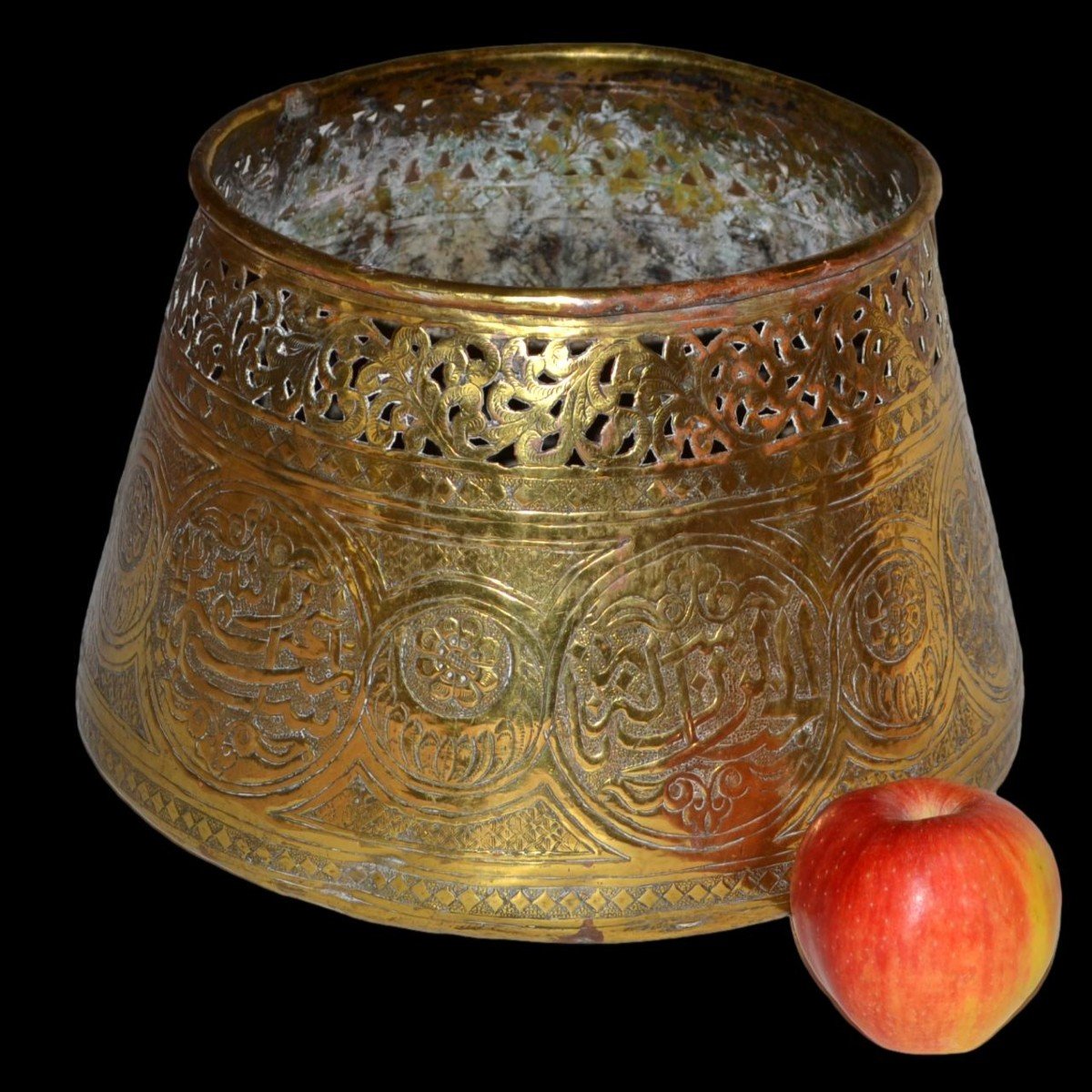
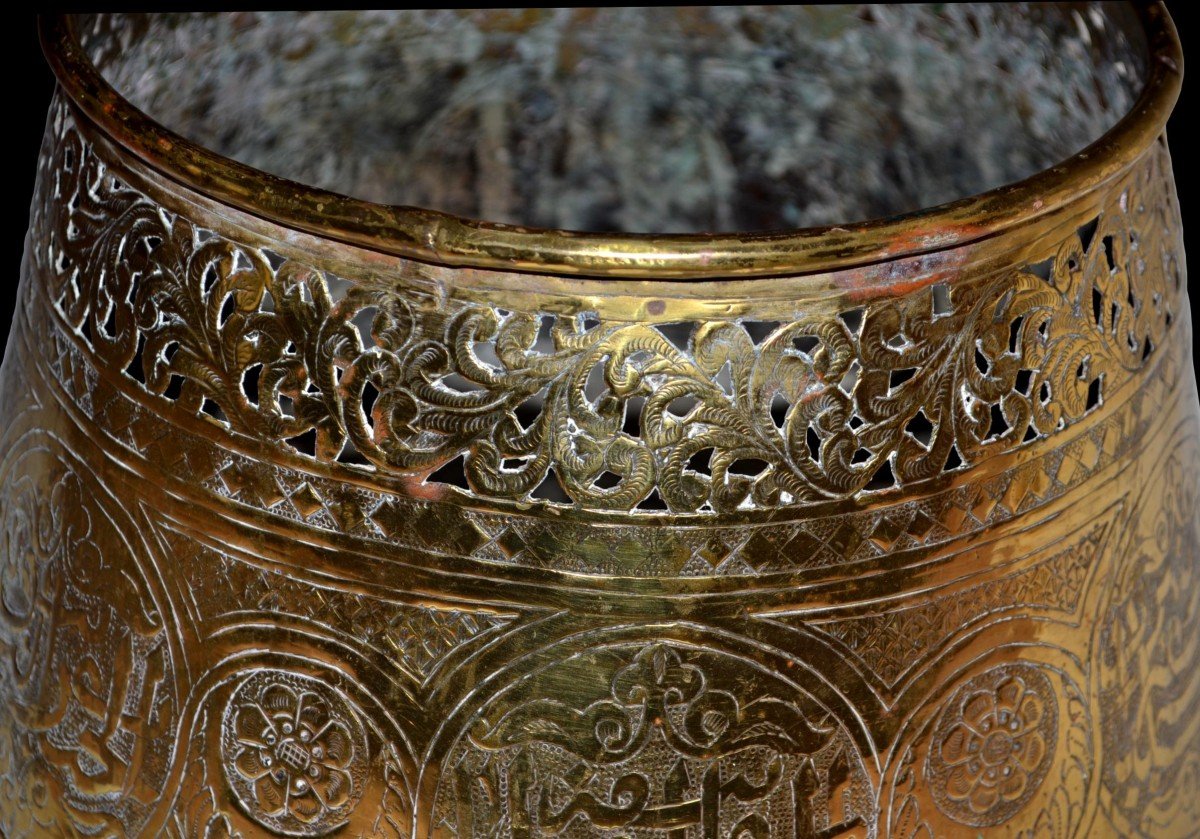
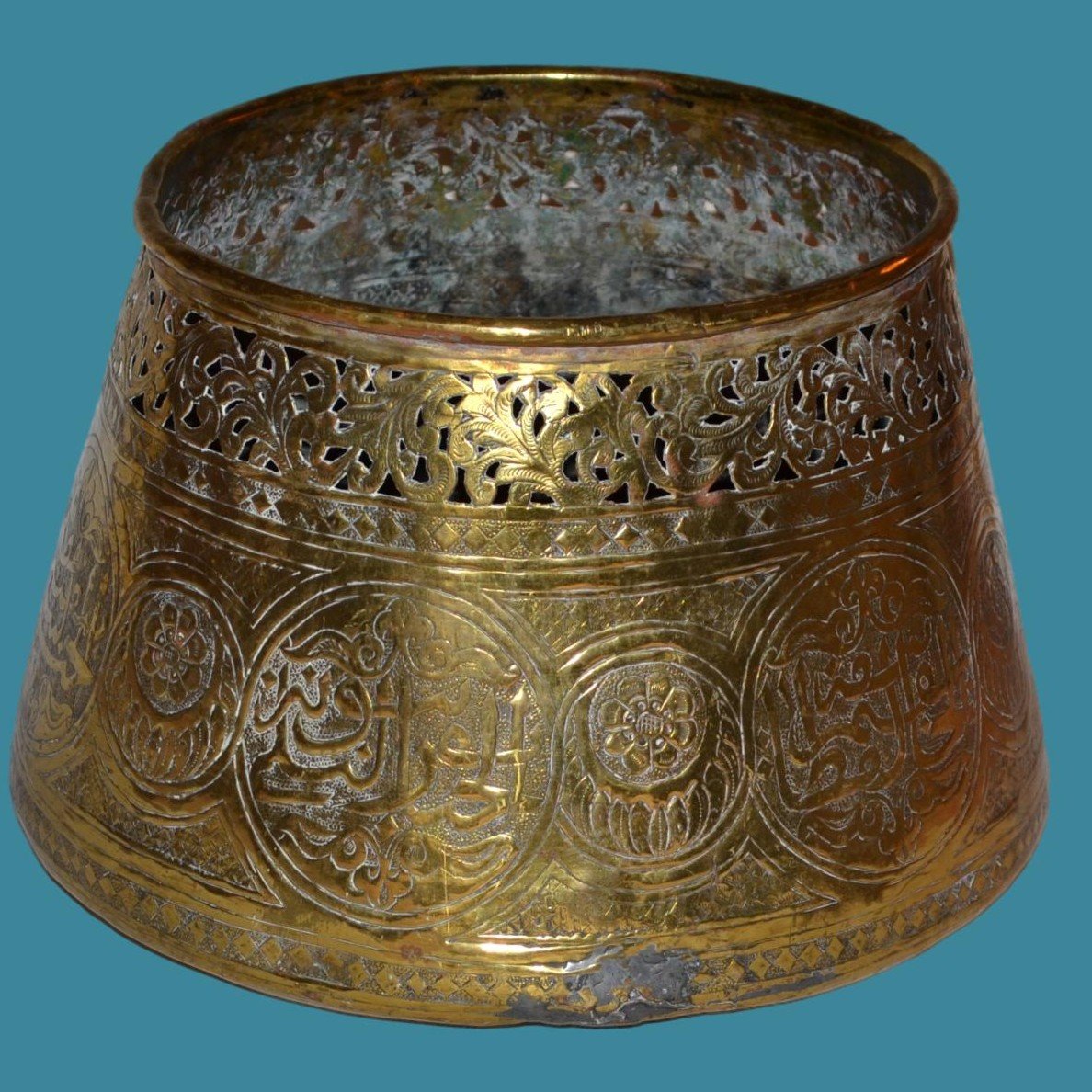
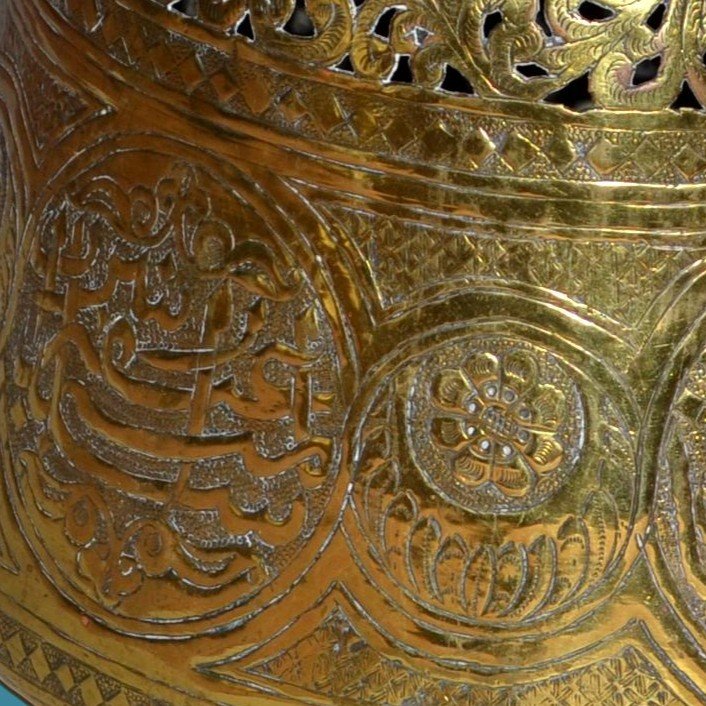
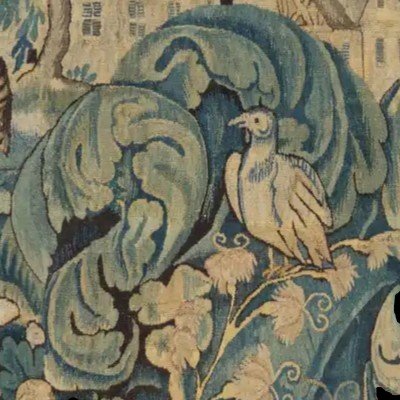
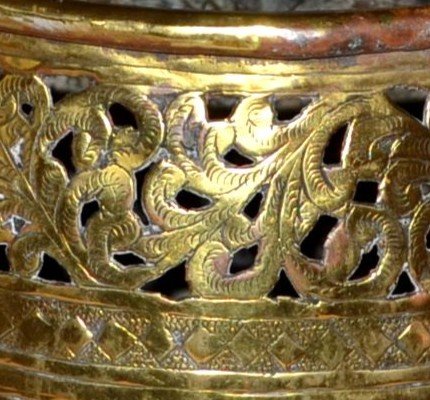
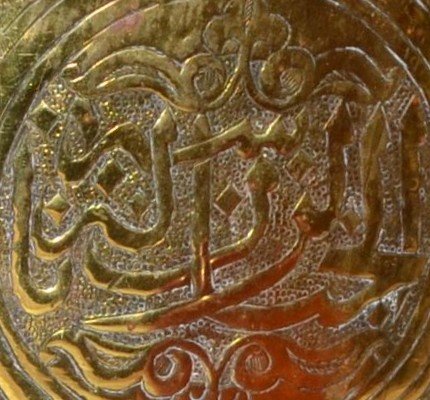
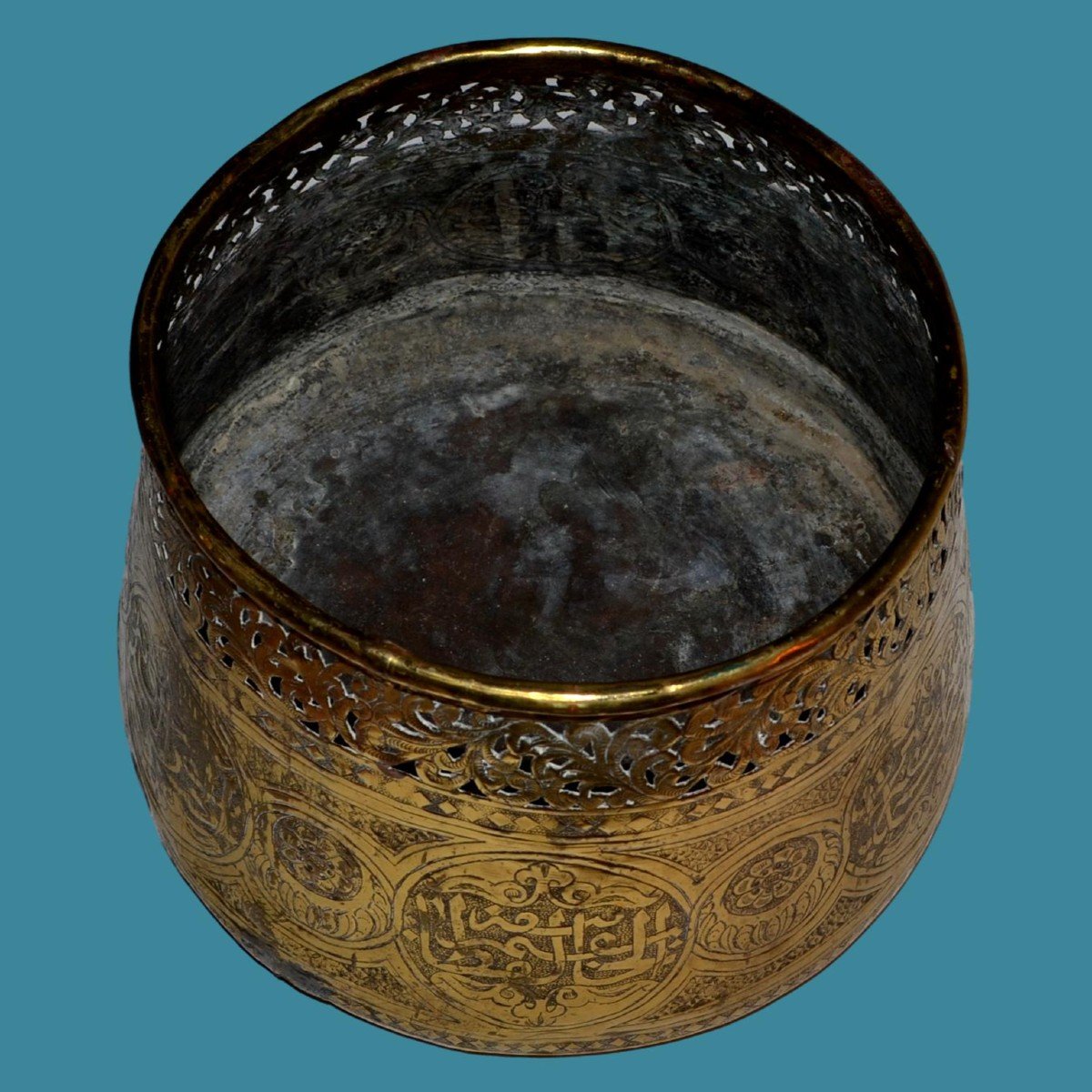
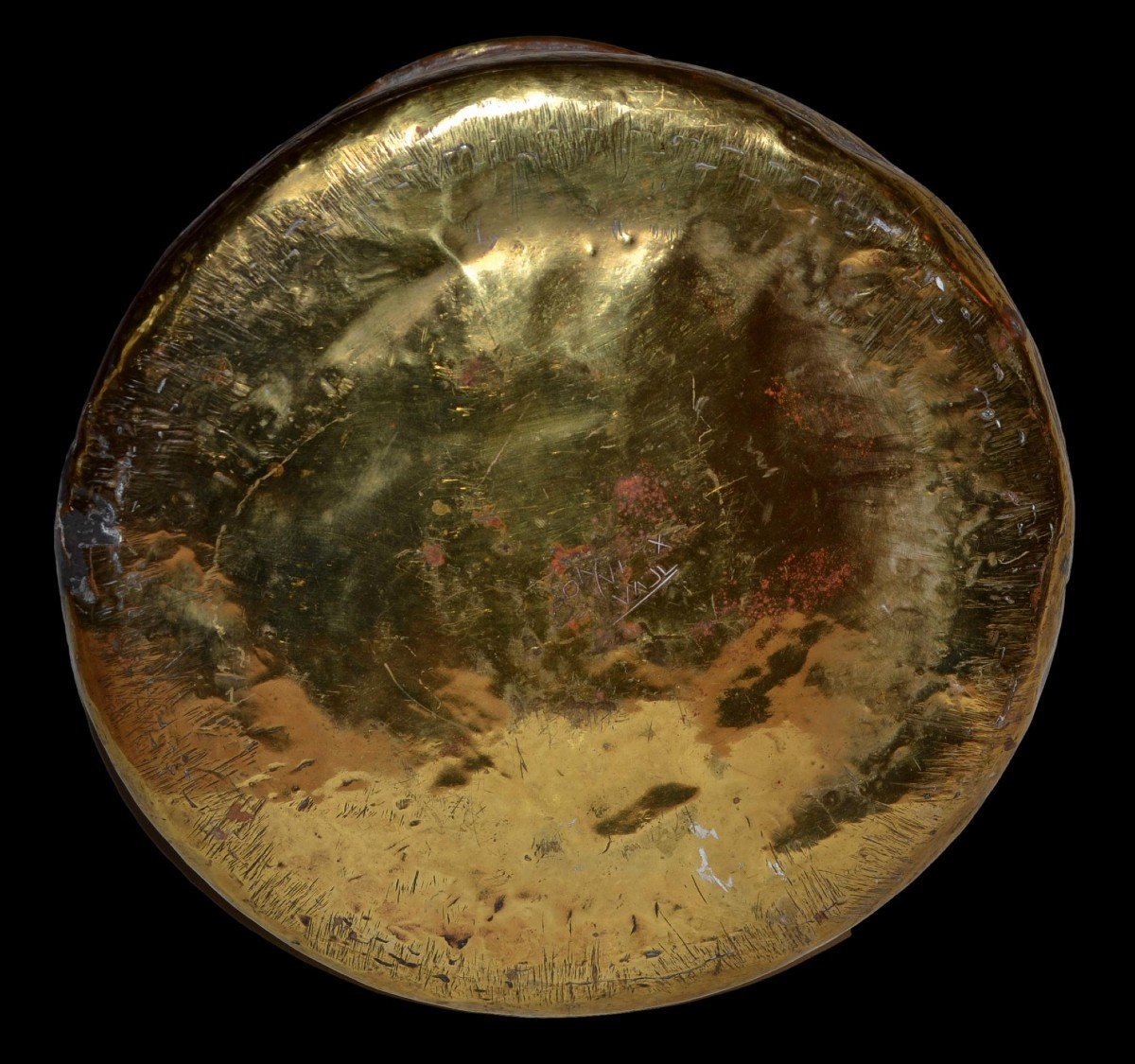
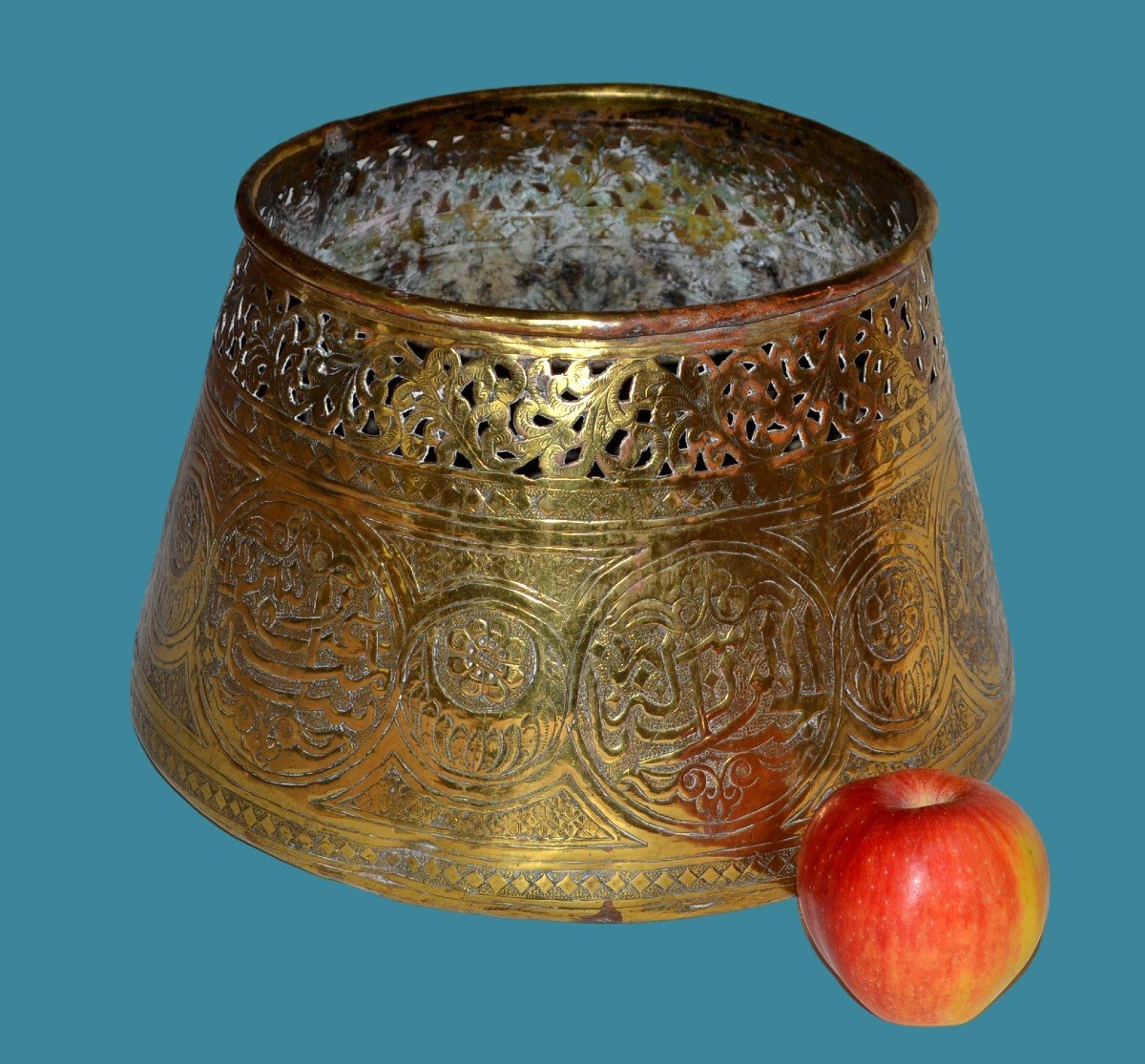
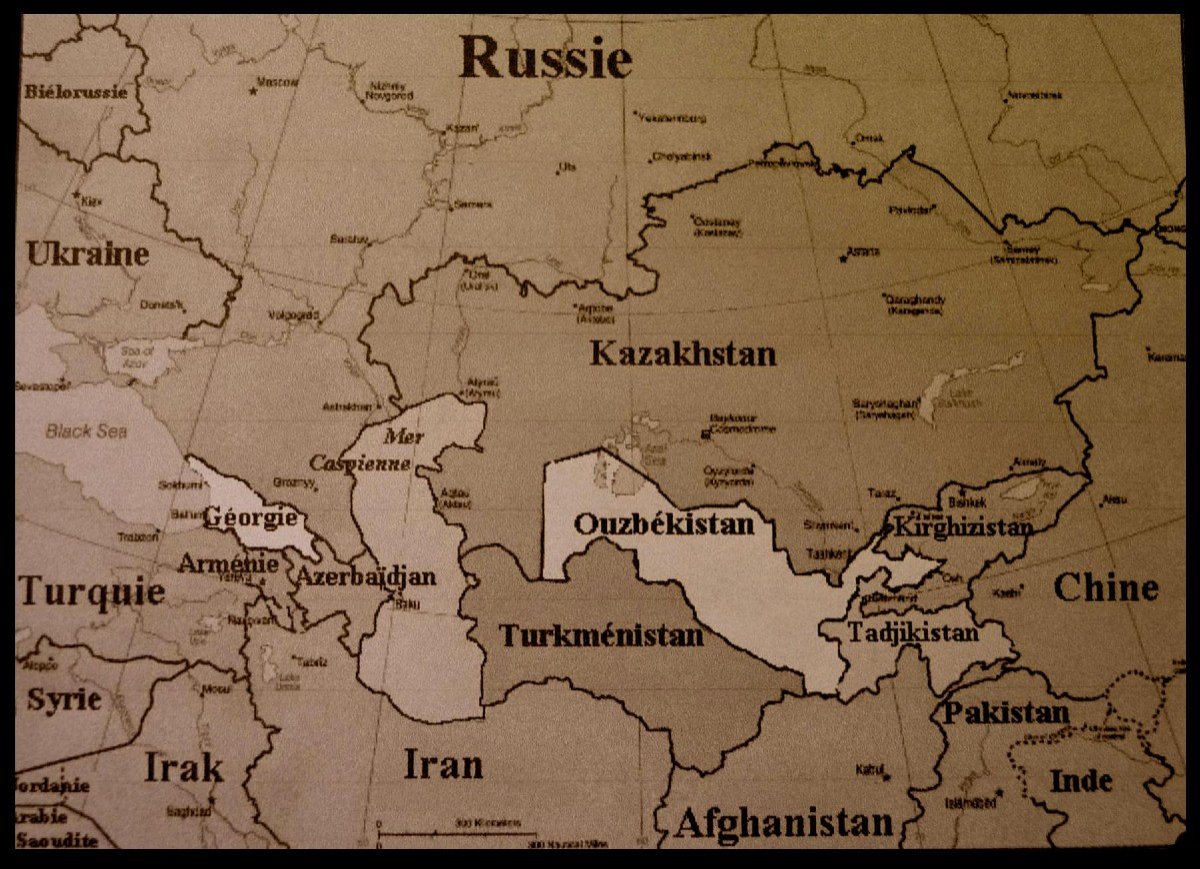
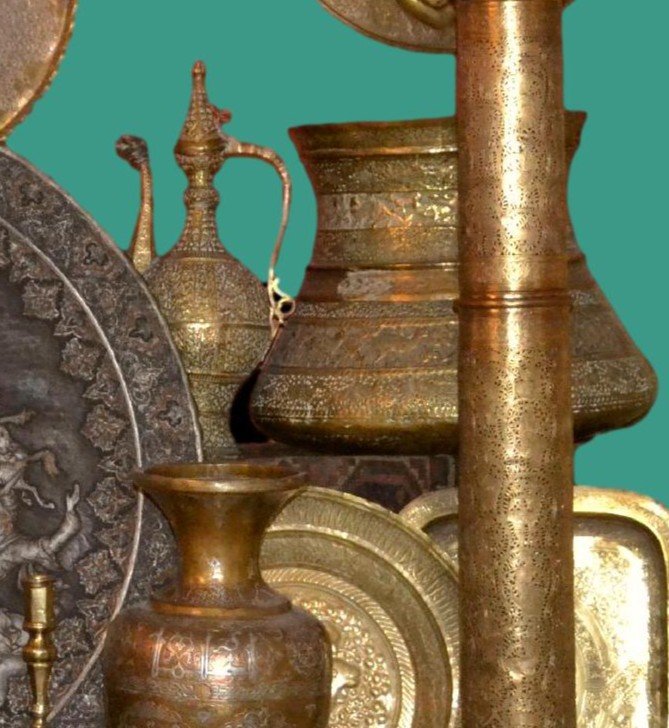













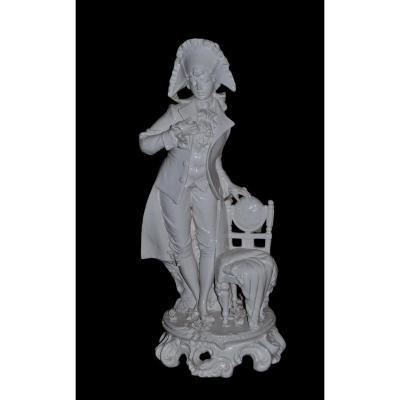





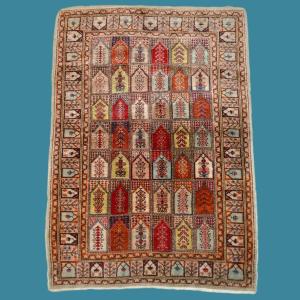

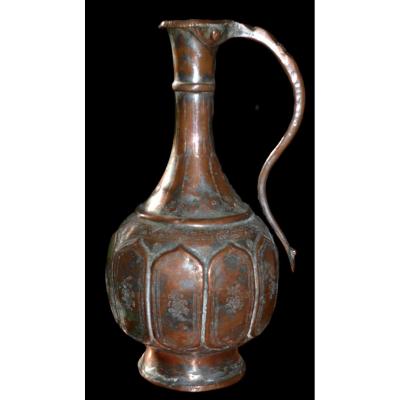
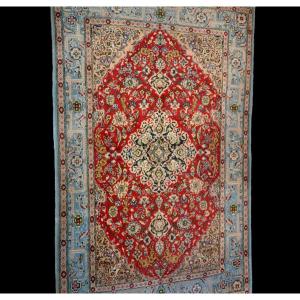

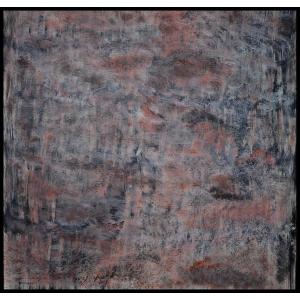
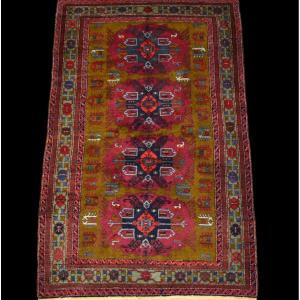
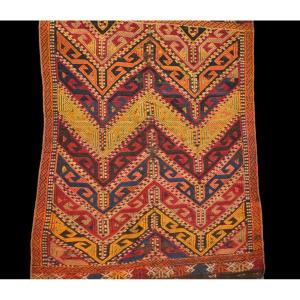
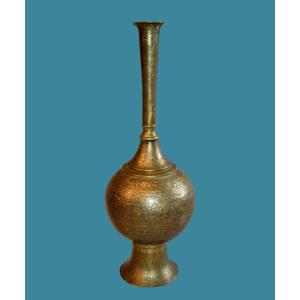

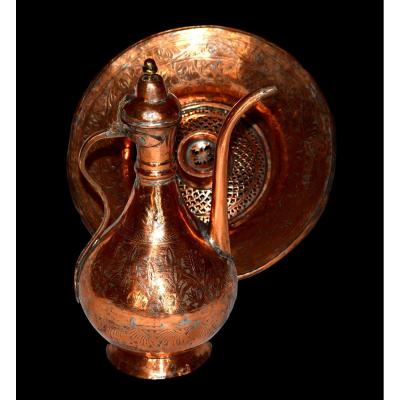

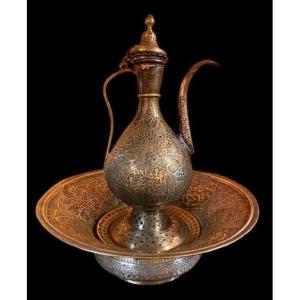




 Le Magazine de PROANTIC
Le Magazine de PROANTIC TRÉSORS Magazine
TRÉSORS Magazine Rivista Artiquariato
Rivista Artiquariato